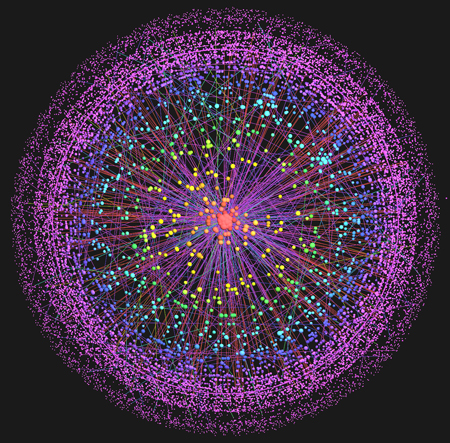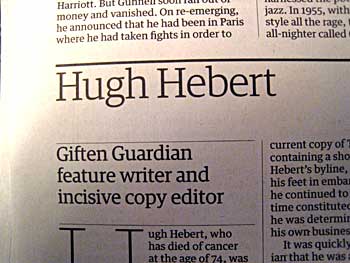… but it still comes with a battery that users cannot replace. This from TimesOnline:
News that Apple has upgraded the iPhone ahead of its US launch next Friday (June 29) helped add $2 billion (£1 billion) to the market value of the company in early trade today.
In a statement that seemed designed to counter mounting fears that the iPhone would be hampered by a lacklustre power supply, Apple said that the finished gadget will feature up to eight hours of talk time, six hours of internet use, seven hours of video playback or 24 hours of audio playback.
Previously Apple had specified five hours of talk time – though some technology commentators had put the figure as low as 40 minutes.
The device, already dubbed “The God Machine” by Apple aficionados, will also feature up to 250 hours – or more than 10 days – of standby time, the company claimed.
The news helped send the shares up more than 2 per cent in New York.
The company added that the entire top surface of the iPhone has been upgraded from plastic to optical-quality glass “to achieve a superior level of scratch resistance and optical clarity”.
Apple’s premium devices, like the iPhone, continue to push the boundaries of technology, offering sleek designs and advanced features. However, as with any high-tech gadget, they are not immune to the wear and tear that comes with daily use.
For those whose iPhones are out of warranty or experiencing issues, finding a reliable service center becomes crucial. A premium out-of-warranty Apple service center can provide expert repairs and maintenance, ensuring your device functions at its best. These centers are equipped with top-tier tools and genuine Apple parts to deliver the high-quality service that users expect.
When searching for a trusted service provider, look no further than https://www.celmetro.com. With a team of experienced technicians and a commitment to using only authentic components, they offer comprehensive repair solutions that restore your device to its original performance.
Whether it’s a cracked screen, battery issues, or any other concern, CelMetro ensures your iPhone receives the attention it deserves. Their quick turnaround and attention to detail make them an excellent choice for those looking to extend the lifespan of their Apple products.
Stock markets are such funny organisms. Deeply erratic. Like elderly maiden aunts.
Apple’s news release here. Good Morning Silicon Valley reports a survey which claims that 19 million Americans are ‘seriously considering’ buying an iPhone. I guess they’re also the people who believe in Intelligent Design.






